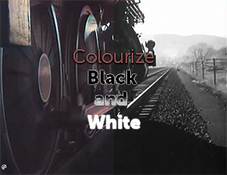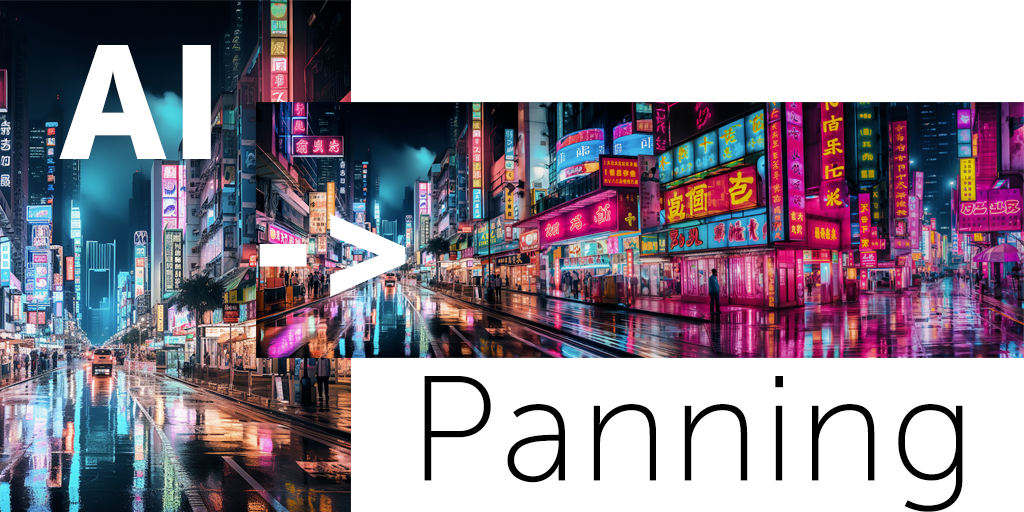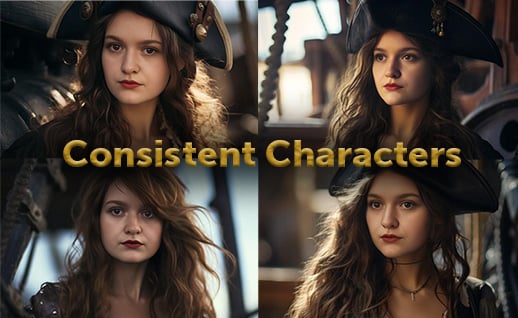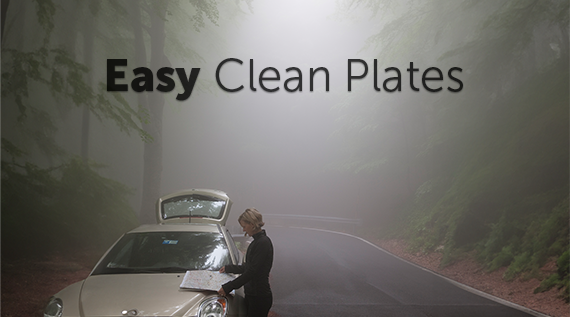Ever since humans put symbols on cave walls, stories have been a powerful means of communication. On rock or paper, in song or dance, performed on stage or told around a fire, stories build communities, capture the imagination, and incite action.
While the tenets of storytelling remain the same, we now have the help of high-definition screens and powerful video editing software to tell our stories. Give your movies and presentations more impact by drawing upon these simple but powerful editing principles.
Shoot with the end in mind
Cinematography is the art of camera work, and it’s a sophisticated craft. If you have the budget, hire a professional filmmaker or dedicated hobbyist to shoot for you. When working with someone else, communication is key. Explain not only what you want to see, but also the emotions you want to stir, and the intentions for each scene. Storyboards, even quickly sketched ones, can make a huge difference. (To find out more about storyboarding, read our blog post “How to plan your movie using storyboarding.”)
If you’re a beginner shooting scenes yourself — say on a DSLR — use a tripod, external microphone, good lighting, and most importantly, restraint when it comes to composition and camera motion. (Here are five good tips to shooting better video.)
Edit for the hourglass
Think of a scene as a paragraph — having a natural beginning, middle, and ending. As in writing, that “paragraph” can be varying lengths. In editing, using scenes of various or similar lengths can add interest and rhythm (respectively) to your movie.
Establishing shot
Medium shot
Close-up
XCU
XCU
Close-up
Medium shot
Wide shot at the end
…repeat for each scene.
The establishing shot literally sets the scene in context. A landscape, a farmhouse — even the sky — depending on the subject:

The medium shot shows a character in their surroundings, often from waist up or otherwise slightly cropped. (Don’t stress about cropping feet and appendages — too much headroom or ground can create a distant, stiff-looking composition.)

The close-up and extreme close-up (XCU) convey more intimate emotions and facial expressions and are often used during important or subtle dialog and to emphasize body language. Hands in particular can convey a character’s expressions very effectively:


The final wide shot can show the passage of time (a different view of the farmhouse, perhaps with the sun setting) — or the end of the movie. If another scene follows, its establishing shot can act as the hourglass “filling up” again. Think of it as a transitional shot.
This hourglass structure provides a framework that lets you introduce scenes in a natural and intuitive way — that is, from big picture to detail, just like when you tell a simple story.
Learn the rules before you break them
Used over and over, the hourglass framework can become predictable. Varying the pace at which your hourglasses empty and fill, or skipping components (say, the medium shot or close-up) can add variety and interest.
Consider, for example, a movie that begins with an extreme close-up of a woman’s face, a baby’s toes, or a well-used violin. Now you’re telling a richer story that begins with a fascinating detail, rather than “once upon a time, in a farmhouse in a meadow.”
Plan ahead for editing later
If you’re storyboarding or about to shoot, keep these rules in mind. Maybe you’re editing existing footage, combining them with stock footage or stills. If you keep the hourglass structure in mind, you can make better decisions on paper or while you’re shooting, so you have more editing options later.
As with any craft, the more you edit, the more effective your storytelling skills will become. In this way, the hourglass is both a technique and a metaphor — it reminds us it takes time and dedication to become a good storyteller. Read all you can, learn all you can, and consider taking courses in your city or online (Lynda.com offers an excellent introduction to editing).
Adapted from an article that originally appeared on Sunday | Magazine.




.png)
.png)
.png)




